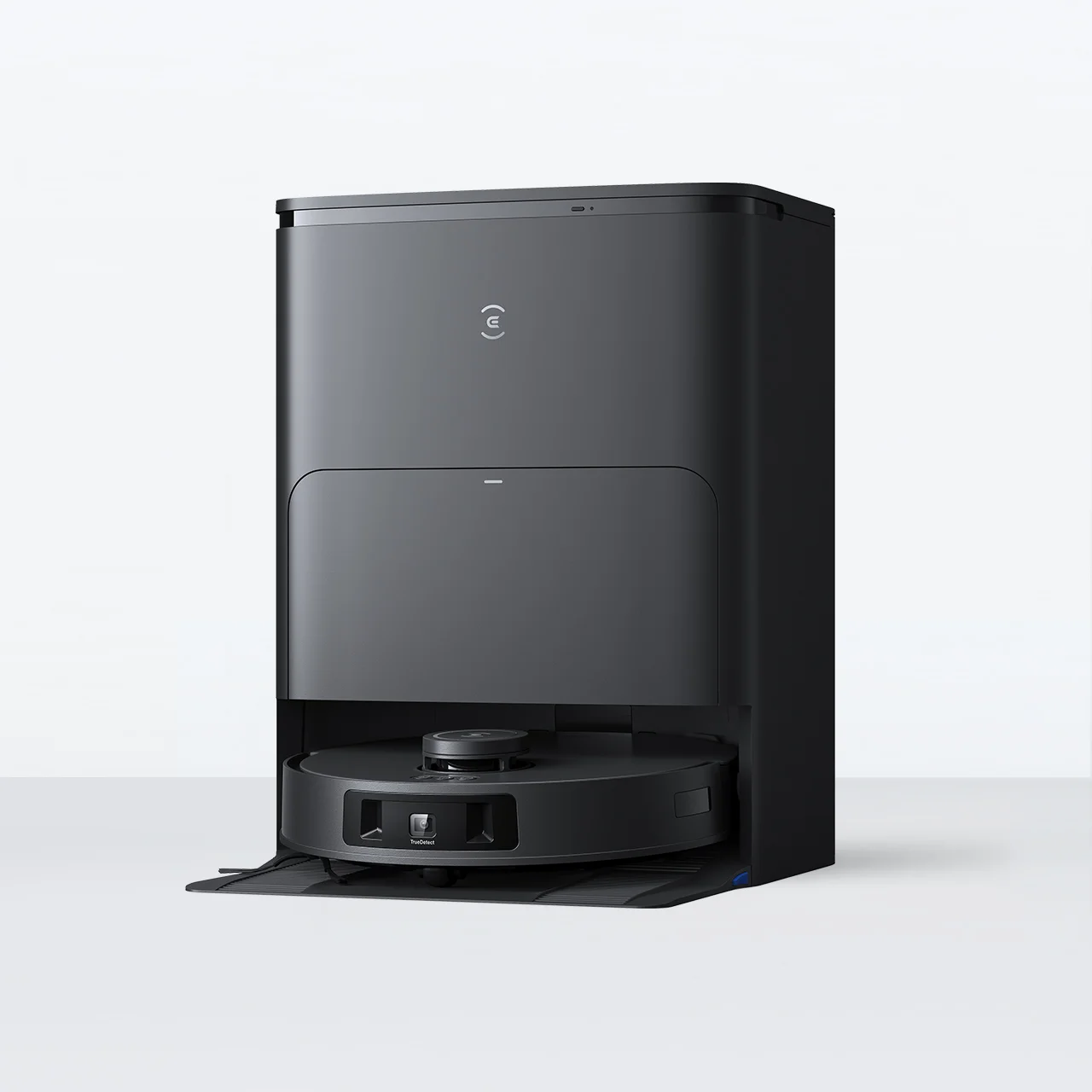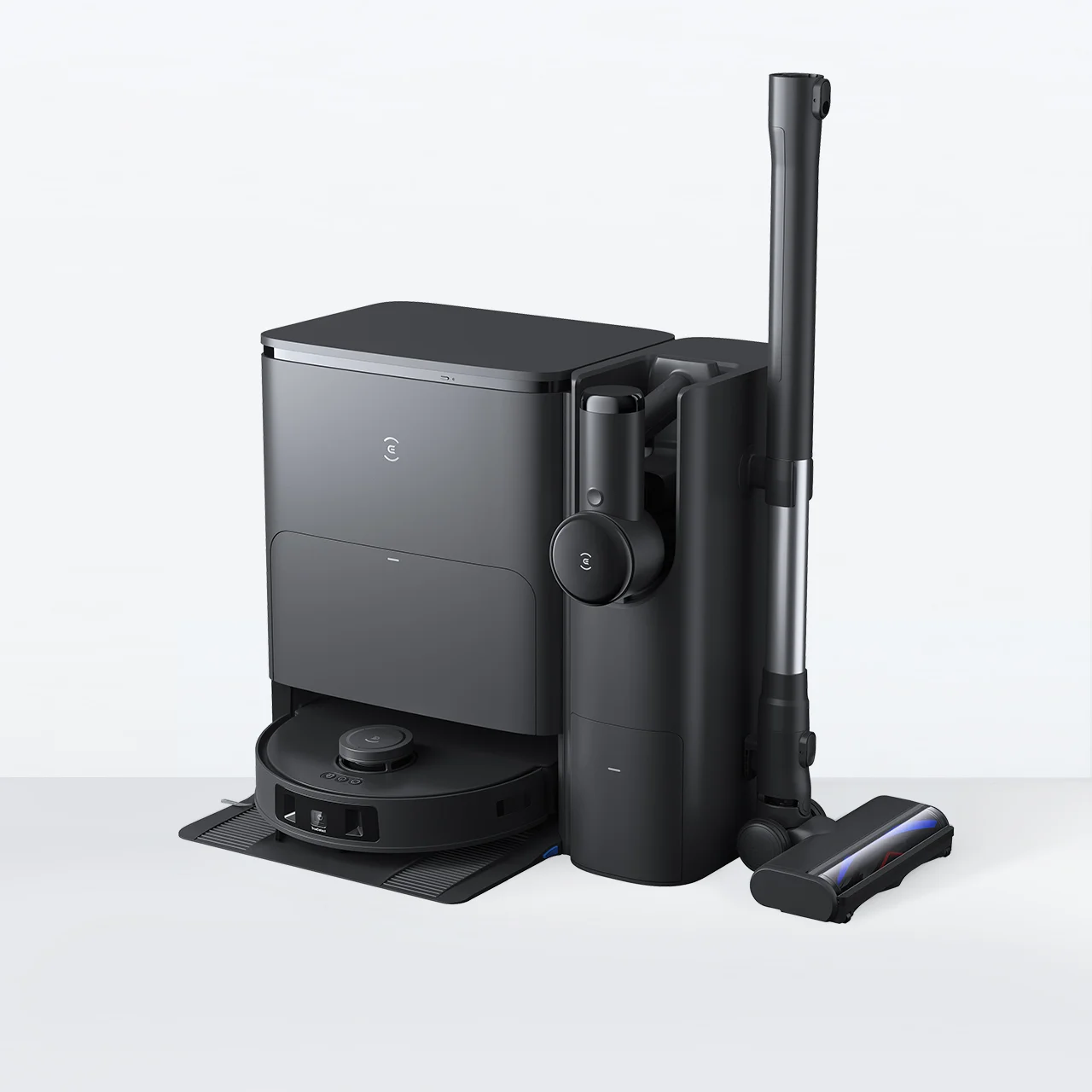
If you’ve experienced a bed bug infestation, you know that it can begin in unexpected ways. You could pick it up in hotels, public transport or even second-hand furniture. These insects feed on human blood and cause itchy bites that can cause skin irritation and loss of sleep. In the United States, it is estimated that over 20% of American homes have experienced a bed bug infestation. One way to get rid of bed bugs is by vacuuming, which can remove them from surfaces. But there are other methods like using insecticides and heat treatment to get rid of bigger infestations.
Does Vacuuming Really Kill Bed Bugs?
Yes, vacuuming can reduce bed bugs but it doesn’t get rid of them entirely because it may not be able to reach all hiding spots or remove all eggs. It’s best used alongside other methods of managing pests.
To eliminate bed bugs from surfaces, you’ll need a vacuum with a powerful suction like ECOVACS DEEBOT which can remove live bed bugs and potentially some eggs from carpets, floor and other living areas. The strong suction of the robot vacuum can help pull bugs and eggs out of cracks, crevices and fabric.
A vacuum with a HEPA filter can also capture bed bug eggs and prevent them from escaping back into the environment. Make sure to move the vacuum slowly and focus on seams, edges and other areas where bed bugs may be hiding. Carefully dispose of the vacuum contents in a sealed bag so that escaped bugs don’t infest new areas.
How to Vacuum Bed Bugs Effectively?

If you’re trying to get rid of bed bugs with a vacuum, remember to thoroughly declutter the infested areas first. This can help expose more potential hiding spots because bed bugs love to hide in cracks, crevices and cluttered spaces. Carefully inspect mattress seams, bed frames, carpets and other furniture for signs of the pests.
Move the vacuum slowly and methodically while focusing on the seams, edges and other areas where bed bugs are most likely to gather. You’ll have to repeat this process regularly, because it can take several rounds to fully remove all the live bugs and eggs. It’s best if you can use a vacuum with a strong suction and a HEPA filter, because this can help capture the bed bugs and their eggs even more effectively. Regularly vacuum high-risk areas like mattress seams, bed frames and carpets as these area prime hiding spots for bed bugs and their eggs.
It can take numerous weeks to several months to fully eradicate a bed bug infestation, depending on the severity. Smaller infestations may be resolved in 4-6 weeks, while larger, more established infestations can take 3-6 months or longer. You might continue to see some bed bugs even after many weeks of treatment. But don’t be alarmed because this doesn't necessarily mean the infestation is continuing - it can take time to eliminate every last bug and egg. As long as you see the numbers steadily decreasing, that's a good sign.
But don’t forget that vacuuming alone won't completely solve a bed bug problem. It's just one part of a larger plan. You'll probably also need to use other methods like heat treatment, steam cleaning, and insecticides.
Other Methods to Get Rid of Bed Bugs

Getting rid of bed bugs is not easy, but there are many solutions for this problem, ranging from do-it-yourself methods to professional pest control services.
DIY Methods
While professional pest control services are often the most reliable and thorough approach for eliminating bed bugs, there are some DIY methods that you can try as a first step or in conjunction with professional treatments. These are things you can try to address the issue on your own before or in addition to calling in the experts.
● Steam Cleaning: This method applies high-heat steam to infested areas to eliminate the bed bugs. It penetrates cracks and crevices and is safe to use on a variety of surfaces including mattresses, furniture and carpets. You can rent or purchase a handheld steam cleaner for this.
● Vacuuming: This is an easy way to remove live bed bugs, eggs and shed skin from surfaces. It’s ideal for hard-to-reach areas and along edges and seams as long as you remember to dispose of the contents of the vacuum bag to prevent the bed bugs from escaping.
● Cold Treatment: Place the infested items (e.g., clothing, books, electronics) in a sealed plastic bag and place in a home freezer at 0°F or below for at least 4 days. Make sure the items can withstand freezing temperatures without being damaged.
● Insecticide Sprays: Use EPA-registered insecticides labelled for bed bug control, following the instructions on the product label carefully. Spray the cracks, crevices, and seams in furniture, along baseboards, and other areas where bed bugs may hide. Do not spray your mattress, as the chemicals can be harmful if not properly removed.
Professional Services
If you have a big bed bug infestation, you may require professional services to get rid of them. Not taking care of it right away can have significant impacts on the health, comfort, and well-being of your family. Each approach has its own advantages and considerations, and the most effective solution often depends on the specific circumstances of the infestation.
Consult experts to determine the most appropriate course of actions:
● Heat Treatment: This involves heating infested areas to very high temperatures (120-150°F) to kill all life stages of bed bugs. This is a very thorough way to get rid of them, but requires specialized equipment and training.
● Integrated Pest Management (IPM): This is a comprehensive approach that combines inspection, monitoring, and targeted treatments to control bed bugs. It addresses the root causes of the problem and prevents future infestations.
● Professional-Grade Insecticides: This involves applying specialized, professional-grade insecticides by licensed pest control experts to target bed bugs. This method can be effective, but it requires careful application so that it doesn’t affect the occupants and the surrounding area.
● Cold Treatment (Cryonite): This method uses a freezing carbon dioxide-based solution to treat infested areas and eliminate bed bugs. It is chemical-free and can reach hard-to-access areas, making it a useful complement to other treatment methods.
● Fumigation: This involves sealing off infested spaces and using a highly potent gaseous pesticide to get rid of bed bugs. It is a complex process that requires specialized training, equipment, and safety protocols, and is typically reserved for severe or widespread infestations.
● Bed Bug Detection Dogs: Bringing in specially trained dogs to sniff out and locate bed bug infestations. This can help ensure all pockets of bed bugs are found and properly treated.
FAQ
Can vacuuming alone completely eliminate bed bugs?
No, vacuuming alone cannot completely eliminate a bed bug infestation. While vacuuming can remove some bed bugs and their eggs, it does not kill them because they can hide in cracks and crevices that a vacuum cannot reach. Vacuuming is most effective when used as part of a comprehensive pest control plan that includes other treatment methods.
Can bed bugs survive being vacuumed?
Yes, bed bugs can survive being vacuumed. They have a hard, protective exoskeleton that helps them withstand the suction and physical forces of a vacuum. Even if they get trapped in the vacuum bag or canister, bed bugs can still live for many months in those conditions. They can go without feeding for extended periods of time which allows them to outlive the vacuum bag.
How long can bed bugs live in a vacuum sealed bag?
Bed bugs can survive for an exceptionally long time sealed in a vacuum bag, potentially up to a year or more. The lack of air and food sources may slow their metabolism, allowing them to go without feeding for a very long time.
Should I dispose of the vacuum bag after vacuuming bed bugs?
Yes, you should always dispose of the vacuum bag or canister contents after vacuuming an area with bed bugs. This prevents any bed bugs that were trapped in the vacuum from escaping and potentially re-infesting your home. Make sure you seal the bag tightly in a plastic bag before discarding it ensures that any remaining bed bugs are contained and eliminated.
How often should I vacuum if I have bed bugs?
If you have a bed bug infestation, you should vacuum thoroughly and frequently, at least once a week. This helps remove as many bed bugs and eggs as possible and can disrupt their breeding cycle.
Related Products









